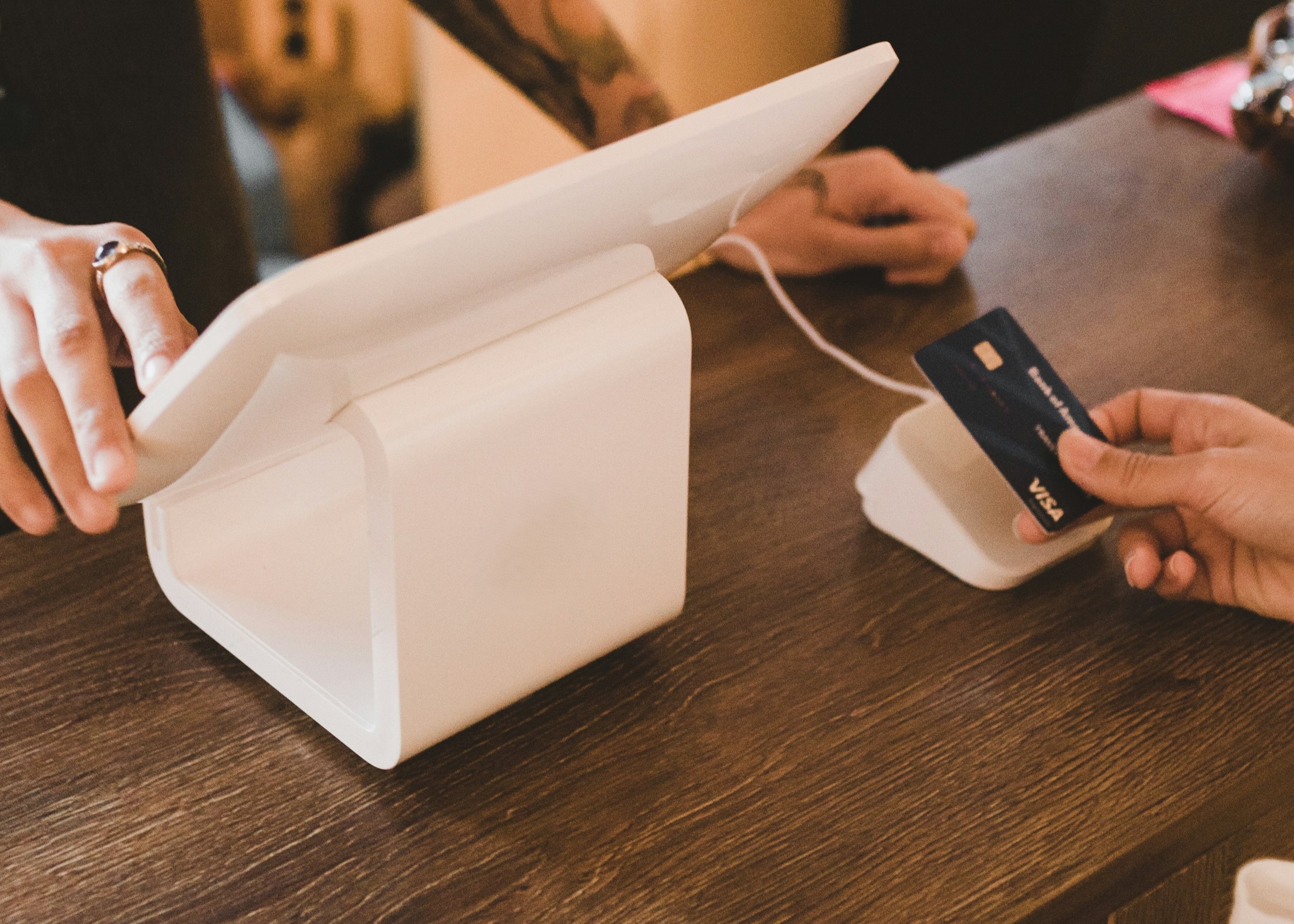Product of the Day
Visa reveals new
ways to tap
At the annual Visa Payments Forum, the company announced its plans to “revolutionise” payments.
There are 6-billion mobile devices worldwide providing consumers with a versatile NFC device primed to be “tapped.” At the end of 2023, Visa’s tap to pay penetration reached 65% globally, double the penetration in 2019, cementing tap as one of the best commerce experiences today.
This year, the following new ways to “tap to pay” on a mobile device will become an integral part of the Visa experience:
- Tap to Pay: Any device can now be a POS device.
- Tap to Confirm: Easily authenticates identity when shopping online.
- Tap to Add Card: Enhances security when adding card into a wallet or app.
- Tap to P2P (person-to-person): Allows money to be sent between family and friends.
These new methods, dubbed as “the end of swipe and type”, were revealed along with other new products and services at the annual Visa Payments Forum in San Francisco last week.
Visa says these innovations “will revolutionise the card and address the future needs of businesses, merchants, consumers, and the financial institutions that serve them.”
The way people pay and get paid has changed more in the past five years than in the last 50. Consumers have evolved, adapting to new payment experiences – from the advent of embedded, digital commerce to the rapid adoption of “the tap.”
Jack Forestell, chief product and strategy officer at Visa, said: “The industry is at a pivotal point – new technologies like generative artificial intelligence are rapidly shifting how we shop and manage our finances. We’re announcing the next generation of truly digital-native payment card experiences.
“Today we unveiled new card features and digital innovations that will bring consumers into a more customised, convenient and secure future.”
Other upcoming products and services that will roll out this year include, as supplied by Visa:
A Visa study found that more than half of card users want the power to access multiple accounts through a single credential.The Visa Flexible Credential will allow a single card product to toggle between payment methods.
Now one can set parameters, or choose whether they use debit, credit, “pay-in-four” with Buy Now Pay Later, or pay using rewards points. Visa Flexible Credential is live in Asia, and will be launching with Affirm later this summer in the United States (U.S.).
Identifying a person in the digital world has become incredibly complex, and has resulted in a significant increase in fraud. Today, online payment fraud is seven-times higher than in-person payments.
Built on the latest Fast Identity Online (FIDO) standards, the Visa Payment Passkey Service confirms a consumer’s identity and authorises online payments with a quick scan of their biometrics like a face or fingerprint. When shopping online, Visa passkeys replace the need for passwords, or one-time codes, enabling more streamlined, secure transactions.
“There is a global desire to find commonality, interoperability and simplicity for online payments. Our passkeys, designed specifically for payments, represent a massive paradigm shift in our industry because it confirms identity without interrupting the checkout experience,” said Forestell.
“Visa Payment Passkey Service increases security while reducing friction when you pay online, across any device or website, globally.”
Click to Pay + Visa Payment Passkey Service
As its first deployment of passkeys, Visa is integrating Visa Payment Passkey Service into Click to Pay, powering a more seamless and secure checkout experience at scale. In many markets around the world, Visa will partner with issuers to enable Click to Pay and Visa Payment Passkey Service on new Visa cards, reducing manual entry of card details and passwords from the moment the card arrives.
Non-card payments do not deliver the same experience, security and protections as card-based payments. Electronic payments, like ACH transfers, have been left out of the digital revolution. With pay by bank, Visa is digitising and streamlining the account-to-account (A2A) payments experience, giving people more choice over how they want to pay, whether that’s an A2A transfer, applying for a loan or paying with another funding source, like a credit card.
Since its acquisition of Tink, Visa has expanded across Europe, providing millions of bank customers innovative financial management tools and removing friction from their payment experiences. Visa is bringing this new technology to the U.S. to help its clients deliver additional seamless, protected banking experiences.
Visa sees over 200-billion transactions every year, and analyses 500 data elements in every transaction to identify and stop fraud in real time. Working with Real-Time Payments (RTP) networks around the world, Visa is overlaying decades of their expertise in applying artificial intelligence to mitigate fraud for account-to-account payments on RTP networks. Live in Latin America, and piloting in the United Kingdom, Visa Protect for A2A Payments is identifying 60% of RTP fraud and scams previously undetected by financial institutions.
Data Tokens
For the last 10 years, Visa has added security to the payments ecosystem by tokenising payments, removing sensitive cardholder account information from the payment flow. Today, 29% of all transactions processed by Visa are tokenised, with widescale adoption by merchants and issuers in nearly every market globally.
As new data regulations create a guide for better consumer data privacy practices, and generative artificial intelligence (Gen AI) transforms how we discover things online, Visa says that payment data has a role to play in delivering these new and improved experiences – and that consumers should be empowered to have more control too. Using its tokenisation infrastructure, they will offer a new way for people to control their data and receive better shopping experiences, powered by artificial intelligence (AI).
Visa data tokens let consumers, whose financial institution participates in the program, consent to sharing their data as they shop online, then see where it has been shared and revoke access right from their banking app. With data tokens, Visa and participating banks can enable an experience where a merchant can request consent from the consumer to get personalised offers as they shop.
If the consumer agrees, behind-the-scenes, Visa issues a private data token to the merchant with AI-generated insights based on the consumer’s transaction data. The data token can be used with the merchant’s AI models to deliver real-time recommendations for the shopper.
Visa will also pass the data token to the consumer’s bank to capture where the data has been shared, so the consumer can easily review where it has been shared in their mobile banking app and revoke access if they choose.


















